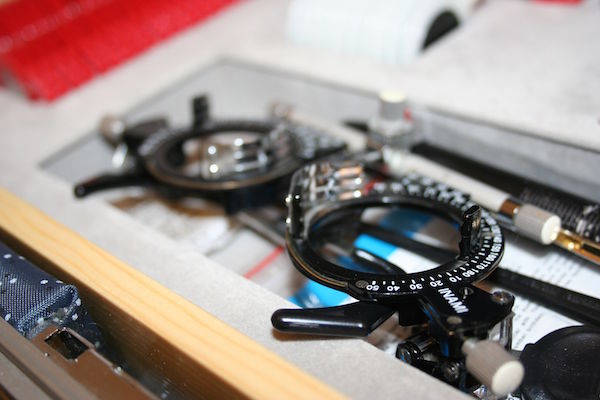
MONDAY, Jan. 16 (HealthDay News) — People fitted with slings or casts after suffering an arm injury experience changes in the brain as it adapts to shifts in physical movement, a new study finds.
The findings could prove useful in rehabilitation therapy for stroke or other brain-injury patients, the researchers suggested.
The study included 10 right-handed people who suffered an upper-arm injury that required them to use a sling for at least 14 days. They had little or no movement in the affected arm and had to use their left hand for daily activities, such as washing, brushing their teeth, eating and writing.
The patients underwent an MRI brain scan within two days of injuring their arm and another within 16 days of shedding the sling or cast.
The scans showed that the amount of gray and white matter decreased up to 10 percent in the left side of the patients’ brains and increased in the right side of their brains, according to the study, published in the Jan. 17 issue of the journal Neurology.
“We also saw improved motor skills in the left, non-injured hand, which directly related to an increase in thickness in the right side of the brain,” author Nicolas Langer, with the University of Zurich, in Switzerland, said in a journal news release. “These structural changes in the brain are associated with skill transfer from the right hand to the left hand.”
It’s not known if these brain changes are permanent.
“These results are especially interesting for rehabilitation therapy for people who’ve had strokes or other issues,” Langer said. “One type of therapy restrains the unaffected, or ‘good,’ arm to strengthen the affected arm and help the brain learn new pathways. This study shows that there are both positive and negative effects of this type of treatment.”
More information
The U.S. National Institute of Neurological Disorders and Stroke has more about stroke rehabilitation

